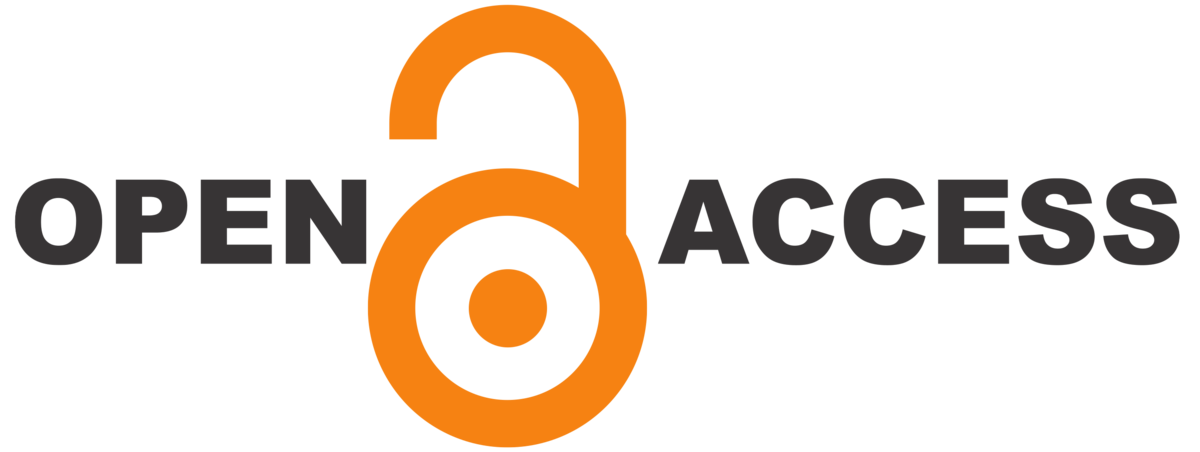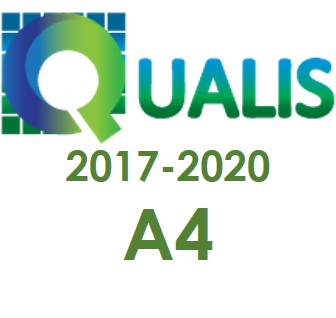Aspectos empírico-gramaticais para uma proposta acerca do domínio da sintaxe da fala (Empirical-grammatical aspects to a proposal on the dominion of spoken syntax)
DOI:
https://doi.org/10.22481/el.v19i3.7878Palavras-chave:
Sintaxe da fala, Constituinte sintático, Domínios sintáticosResumo
A Language into Act Theory propõe que o domínio da sintaxe da fala é a unidade informacional, que restringe ou barra qualquer relação sintática possível entre os elementos lexicais. O objetivo deste trabalho é discutir e problematizar essa abordagem oferecendo uma proposta alternativa para essa questão. A partir de uma incursão em aspectos empírico-gramaticais, propõe-se que o domínio da sintaxe da fala é o constituinte. Uma das evidências a favor dessa proposta é a existência de constituintes descontínuos entre unidades informacionais, que atestam sua existência mesmo quando interpolados por outros elementos morfossintáticos. A percepção dos constituintes descontínuos é atestada também por meio de experimentação. A partir da proposta de que o constituinte é o domínio da sintaxe da fala, propõe-se alguns princípios da sintaxe dessa diamesia extraídos a partir de dados de corpora.
Downloads
Referências
AUSTIN, J. How to do things with words. Oxford: Oxford University Press, 1962.
BOOMER, D. Hesitation and grammatical encoding. Language and Speech, [S.l.], v. 8, p. 148-158, 1965.
CHAFE, W. Cognitive constraints on information flow. In: TOMLIN, R. (org.). Givenness, Contrastiveness, Definiteness, Subjects, Topics, and Points of View. Amsterdam: Benjamins, 1987. p. 21-51.
CHAFE, W. Discourse, consciousness, and time: The flow and displacement of conscious experience in speaking and writing. Chicago: University of Chicago Press, 1994.
CLARK, H; WASOW, T. Repeating words in spontaneous speech. Cognitive Psychology, v. 37, p. 201-242, 1998.
CRESTI, E. Syntactic properties of spontaneous speech in the Language into Act Theory: data on Italian complements and relative clauses. In: RASO, T.; MELLO, H. (org.). Spoken Corpora and Linguistic Studies. Amsterdam; Philadelphia: John Benjamins Publishing Company, 2014. p. 365-410.
CRESTI, E. The illocution-prosody relationship and the Information Pattern in spontaneous speech according to the Language into Act Theory (L-AcT). Linguistik online, v. 88, n. 1, p. 33-62, 2018.
FÉRY, C., PASLAWSKA, A., FANSELOW, G. Nominal split constructions in Ukrainian. Journal of Slavic Linguistics, v. 15, n. 1, p. 3-48, 2007.
GOLDMAN-EISLER, F. Psycholinguistics: Experiments in Spontaneous Speech. New York: Academic Press, 1968.
HELLBERN, N.; SAMMLER, D. Prosody conveys speaker’s intentions: Acoustic cues for speech act perception. Journal of Memory and Language, v. 88, p. 70-86, 2016.
INDEFREY, P.; BROWN, C.; HELLWIG, F.; AMUNTS, K.; HERZOG, H.; SEITZ, R.; HAGOORT, P. A neural correlate of syntactic encoding during speech production. Proceedings of the National Academy of Sciences of the United States of America, v. 98, p. 5933-5936, 2001.
IZRE’EL, S. Syntax, Prosody, Discourse and Information Structure: The Case for Unipartite Clauses. A View from Spoken Israeli Hebrew. Revista de Estudos da Linguagem, v. 26, n. 4, p. 1675-1726, 2018.
LEVELT, W. Monitoring and self-repair in speech. Cognition, v. 14, p. 41-104, 1983.
MACLAY, H.; OSGOOD, C. Hesitation phenomena in spontaneous English speech. Word, v. 15, p. 19-44, 1959.
McCARTHY R.; WARRINGTON E. Cognitive Neuropsychology: A Clinical Introduction. San Diego: Academic, 2013.
METTOUCHI, A. Prosodic Segmentation and Grammatical Relations: the Direct Object in Kabyle. Revista de Estudos da Linguagem, v. 26, n. 4, p. 1571-1599, 2018.
METTOUCHI, A.; FRAJZYNGIER, Z. A previously unrecognized typological category: The state distinction in Kabyle (Berber). Linguistic Typology, v. 17, n. 1, p. 1-30, 2013.
MONEGLIA, M.; RASO, T. Notes on Language into Act Theory (L-AcT). In: RASO, T.; MELLO, H. (org.). Spoken Corpora and Linguistic Studies. Amsterdam; Philadelphia: John Benjamins Publishing Company, 2014. p. 468-495.
NELSON, M.; KAROUI, I.; GIBER, K.; YANG, X.; COHEN, L.; KOOPMAN, H.; CASH, S.; NACCACHE, L.; HALE, J.; PALLIER, C.; DEHAENE, S. Neurophysiological dynamics of phrase-structure building during sentence processing. Proceedings of the National Academy of Sciences of the United States of America, v. 114, p. E3669-E3678, 2017.
PAK, M. The postsyntactic derivation and its phonological reflexes. Orientador: David Embick. 2008. 292f. Tese (Doutorado em Linguística) – Department of Linguistics, University of Pennsylvania, Philadelphia, 2008.
SEKERINA, I. The Syntax and Processing of Scrambling Constructions in Russian. Orientadora: Janet Dean Fodor. 1997. 344f. Tese (Doutorado em Linguística) – Graduate Faculty in Linguistics, The City University of New York, New York, 1997.
SILVA, L. F. L. Sintaxe da fala, probabilidade e cognição: uma proposta integrada de investigação em estudo sobre NPs baseado em corpus. 2020. 309f. Tese (Doutorado em Estudos Linguísticos) – Faculdade de Letras, Universidade Federal de Minas Gerais, Belo Horizonte, 2020.
STRANGERT, E. Speech Chunks in Conversation: Syntactic and Prosodic Aspects. In: SPEECH PROSODY 2004, 2004. Nara. Proceedings […]. Nara, 2004. p. 305-308.
TAGLICHT, J. Constraints on Intonational phrasing in English. Journal of Linguistics, v. 34, p. 181-211, 1998.
t’ HART, J.; COLLIER, R.; COHEN, A. A perceptual study on intonation: an experimental approach to speech melody. Cambridge: Cambridge University Press, 1990.
WEISSER, M. How to Do Corpus Pragmatics on Pragmatically Annotated Data. Amsterdam; Philadelphia: John Benjamins, 2016.
ZEC, D.; INKELAS, S. Prosodically constrained syntax. In: INKELAS, S.; ZEC, D. (org.). The Phonology-Syntax Connection. Chicago; London: The University of Chicago Press, 1990.
Downloads
Publicado
Como Citar
Edição
Seção
Licença
Copyright (c) 2021 Estudos da Língua(gem)

Este trabalho está licenciado sob uma licença Creative Commons Attribution 4.0 International License.
Autores que publicam em Estudos da Língua(gem) concordam com os seguintes termos:
Estudos da Língua(gem) mantém os direitos autorais das contribuições publicadas e disponibiliza seu conteúdo gratuitamente por meio do portal. Autores têm permissão e são estimulados a publicar e distribuir seu trabalho online em repositórios institucionais ou na sua página pessoal, com reconhecimento de autoria e créditos de publicação inicial nesta revista, indicando endereço online.











